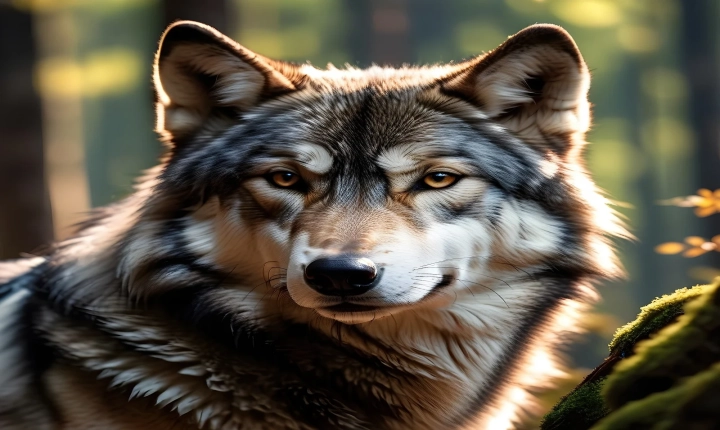Title: How to Generate Images Using AI: A Guide for Beginners
In recent years, the field of artificial intelligence (AI) has made significant advancements in the domain of image generation. This technology, which utilizes machine learning algorithms to create new and realistic images, has the potential to revolutionize various industries, from graphic design to healthcare. If you are interested in learning how to generate images using AI, this article will provide you with a comprehensive guide for beginners.
Understanding Generative Adversarial Networks (GANs)
One of the most popular methods for generating images using AI is through the use of Generative Adversarial Networks (GANs). GANs consist of two neural networks – a generator and a discriminator – that work together to produce realistic images. The generator network creates new images, while the discriminator network evaluates these images for authenticity. Through an iterative process, the generator learns to produce increasingly realistic images, while the discriminator learns to accurately distinguish between real and generated images.
Training Your Own Image Generation Model
To train your own image generation model using GANs, you will need a dataset of images to serve as the basis for the training process. Open-source datasets such as CIFAR-10, MNIST, or ImageNet are commonly used for this purpose. Once you have selected a dataset, you can begin training your GAN model using a deep learning framework such as TensorFlow or PyTorch. It is essential to have a basic understanding of Python programming and familiarity with machine learning concepts to effectively train and configure your GAN model.
Implementing Pre-trained Models
For beginners who may not have the technical expertise to train their own image generation model, utilizing pre-trained models can be a viable option. Many AI frameworks offer pre-trained GAN models that can be easily implemented for image generation tasks. Platforms like Runway ML and DeepArt allow users to generate images using AI models without extensive knowledge of machine learning or programming. These user-friendly tools provide a simplified interface for generating images, making the process accessible to a wider audience.
Exploring Style Transfer Techniques
In addition to GANs, style transfer techniques offer another approach to image generation using AI. Style transfer algorithms, such as neural style transfer, enable users to combine the content of one image with the artistic style of another. By leveraging convolutional neural networks, style transfer algorithms can create visually captivating images with distinct artistic qualities. Tools like Deep Dream, Artisto, and Prisma utilize style transfer techniques to generate unique and visually appealing images without requiring advanced technical skills.
Ethical Considerations and Potential Applications
While the ability to generate images using AI presents exciting possibilities, it is important to consider the ethical implications of this technology. Issues related to copyright, privacy, and the potential misuse of AI-generated images must be carefully addressed. Furthermore, the applications of AI-generated images extend beyond creative endeavors to fields such as healthcare, where AI can assist in generating medical images for diagnostic purposes.
In conclusion, the field of AI image generation is rapidly evolving, and the ability to create realistic images using machine learning algorithms is more accessible than ever. Whether you are a developer, artist, or enthusiast, the tools and resources available for image generation using AI continue to expand, making it an exciting area to explore. By familiarizing yourself with GANs, pre-trained models, style transfer techniques, and ethical considerations, you can embark on a journey to harness the power of AI for image generation and unleash your creativity in new and innovative ways.
